In 2014, in the midst of a severe economic recession, the Passivistas team and partners embarked on an
ambitious project to demonstrate that renovating buildings to a nearly zero-energy building standard (nZEB)
was technically and financially feasible in Greece. Indeed, the team surpassed this goal, with the deep
renovation of a 1960’s two-story detached residential building in Athens’ suburb Papagos, achieving a building
that produces more energy than it consumes.
NEB Prizes 2021: All Applications
Filter by
Applications (2025)
Showing results 121 to 130
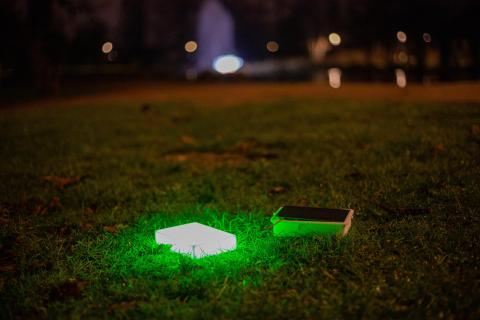
In the clean energy business, several innovative projects have emerged, particularly in the area of electricity production and heating.
Our company offers you to expand the model of solar energy use and apply it to design to be able to better appreciate the infrastructures in the night.
Our mission is to use the abundant solar energy of our countries to implement a new technology of lighting design with LED in our infrastructures in order to appreciate them in the night.
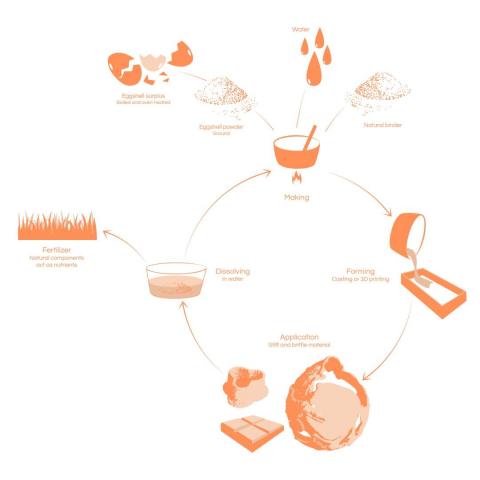
EGG-SHIELD proposes to rethink the final destination of product waste. In this case, organic residues such as leftover eggshell is harnessed as an asset for the creation of objects that imitate the main purpose of an eggshell: protection. The natural behavior of the material allows it to achieve unique shapes and textures, encouraging the implementation of new processes to create new circular products that at the end of their lifespan can nourish the soil or be reused as raw material.
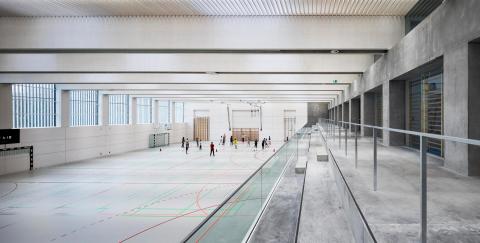
The scale of the new building harmonises well with its surroundings. Rather than making maximum use of the part of the building structure above ground, which the building regulations would allow, a fundamental design decision was taken to locate as many functions as possible below ground. A basement patio creates daylit areas on the first lower floor. A conscious decision was made to dispense with a recessed storey and therefore to enable the creation of further rooms at a later date.
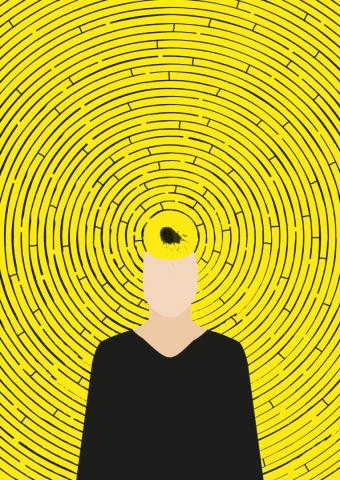
We are living in an hyper-connected world, where the physical, the digital, and the virtual dimension co-exist and shape our experiences. To merge these three dimensions in a sustainable, inclusive and aesthetics modality, it is necessary to transform and evolve design (and designers) towards a transdisciplinary essence. By taking inspiration from fields such as neurosciences, cognitive psychology, sustainable science, and social science, the idea is to present the New European Bauhaus Designer.
The aim of the project is to bring the idea of sustainability to the architecture and textile industry through design and additive manufacturing. It examines the boundaries of wool which can be used as a textile material but also as an architectural material. Sheep raised primarily for food is a source of poor quality wool and as an excess material that can not be sold to any company.The new material should thus solve the problems of local farmers, wool supply chain and material recycling.
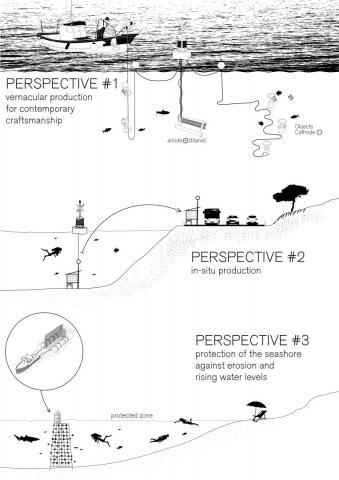
Mineral Accretion Factory is an alternative production system of objects and furniture based on an artificial reef production process developed to restore coral reefs and seabed (fauna, flora).
It consists of the immersion of a steel structure (the object’s skeleton) connected to a low-voltage supply (solar panel or windmill). A redox reaction starts, the object is self-generated, made of a material created from the ocean’s minerals in collaboration with non-humans.
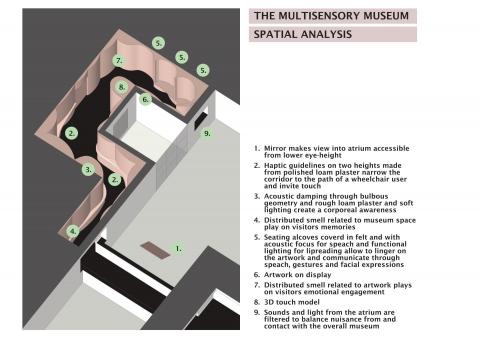
The Multisensory Museum is a project at the interface of research and architecture. We socially innovate architecture processes by developing a co-design method that engages people with disability experience and architects together in a creative endeavor. The result is an enticing space that draws the museum visitor in through all the senses (sound, touch, smell, vision, motion), giving an architectural expression to inclusion and dialogue, providing a new way of experiencing a museum visit.
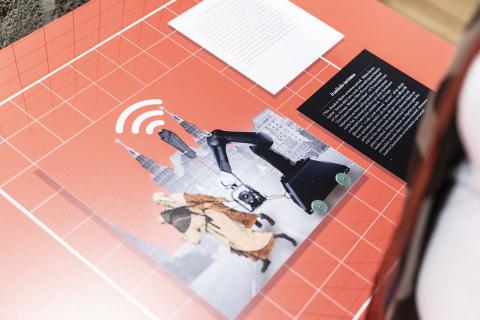
URBANBATfest is a festival in the form of a citizen laboratory. A space for research and co-creation between different actors involved in the urban transformation (officials from administration, the private sector, citizen associations, universities…)
Through our work (participatory processes, cultural production…) we promote social innovation and citizen creativity with the aim of enhancing a participatory culture which contributes to the care and improvement of the enviro
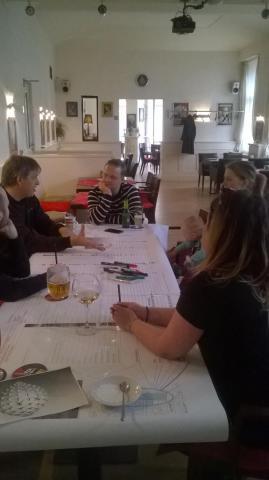
COLridor is a community-based project that is to support a biocorridor in Prague city centre. The project is connecting the newest advancements in science with citizen codesign activities. The highlight of the project is an installation of an insect hotel, TreeHugger. TreeHugger is specifically designed to increase insects' biodiversity through the use of material science and serves as a restaurant for bats and birds. It is marked with a QR code leading to its DIY recipe for its dissemination.
